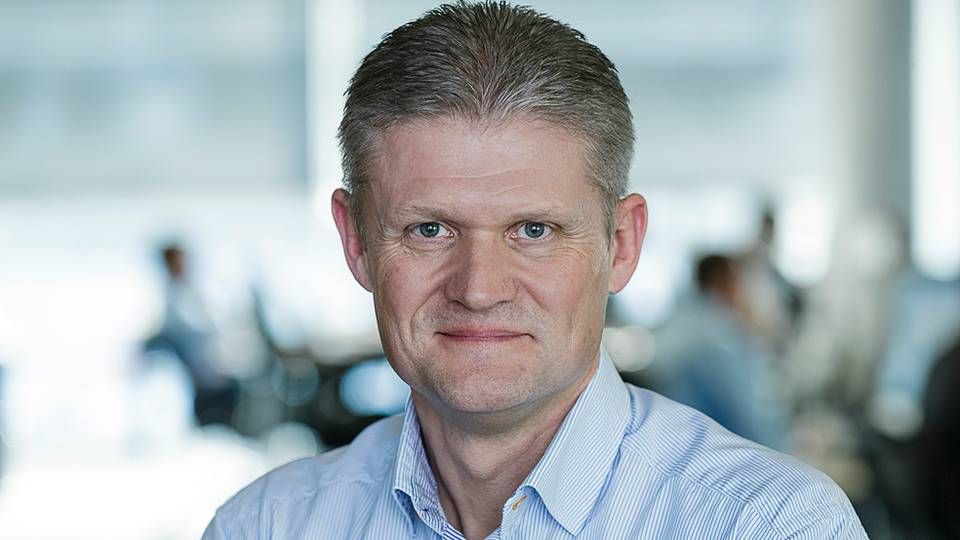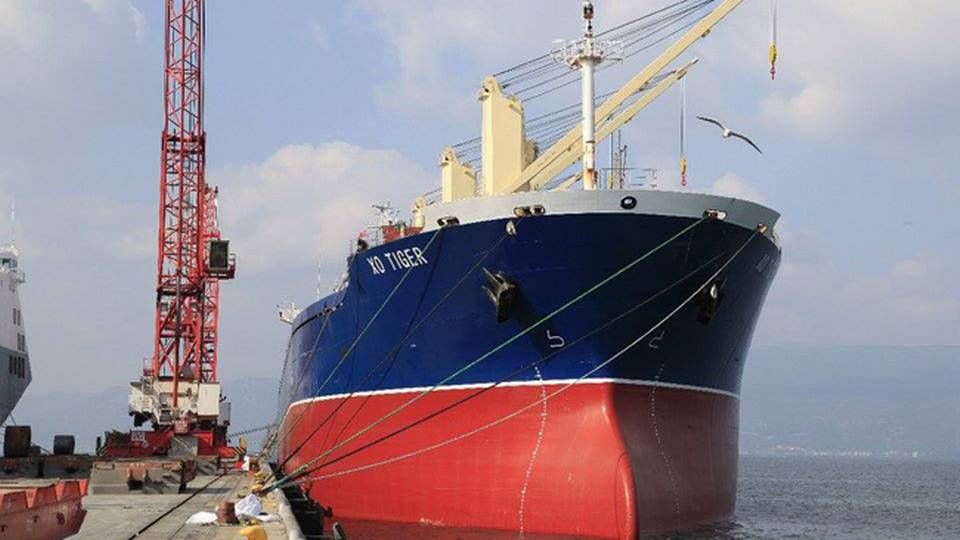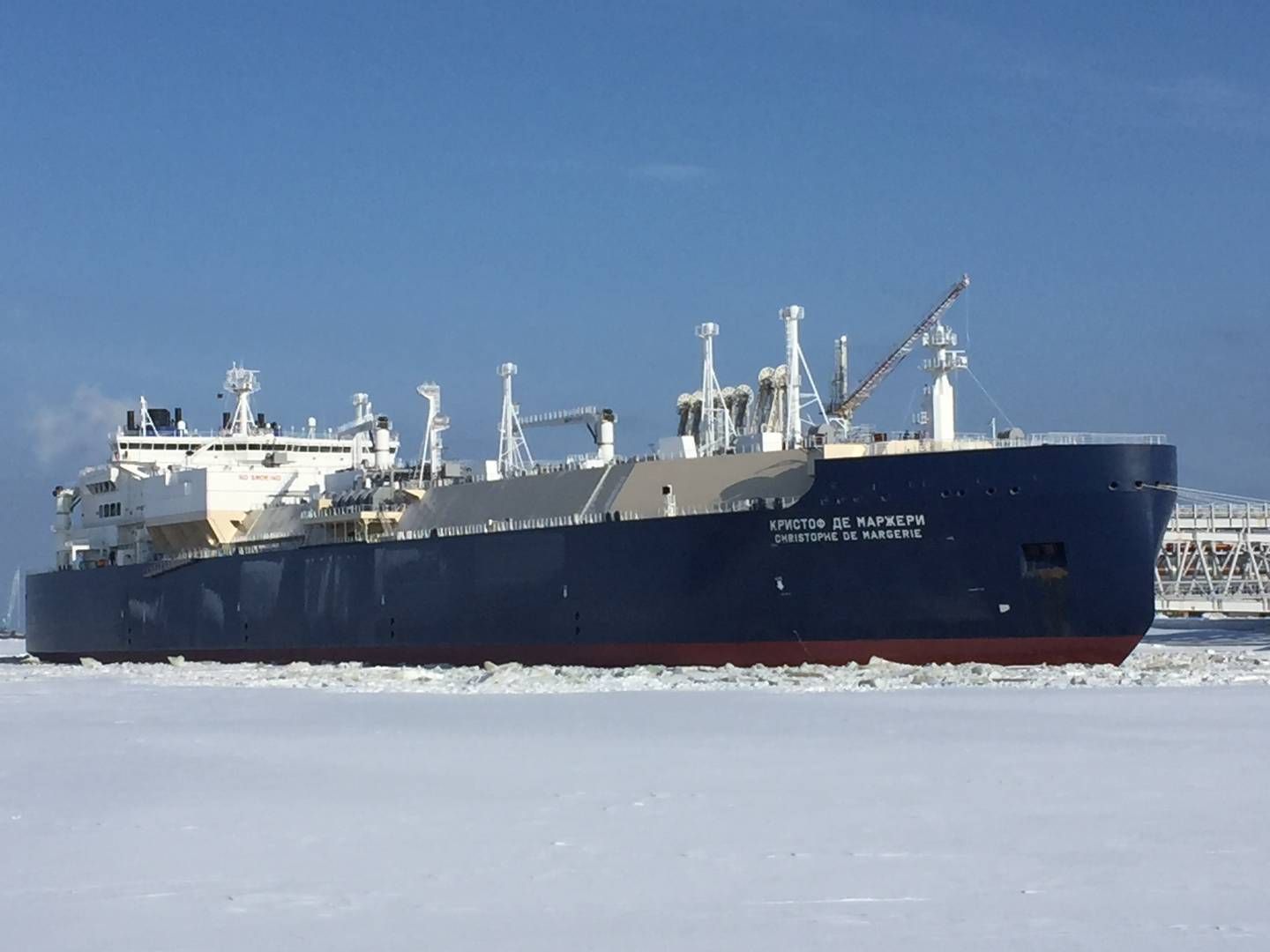XO Shipping reports its best result ever

Partner-owned dry bulk operator XO Shipping achieved the best result ever for the company in 2017 with a bottom line profit of USD 4.3 million, which was also somewhat higher than budgeted for.
The operator, which in addition to the overall downturn in dry bulk has been hit by double-charged bills to OW Bunker and a fire that ravaged its former headquarters north of Copenhagen, is now fairly optimistic about the years to come, says CEO Ejner Bonderup in an interview with ShippingWatch following the company's annual report for 2017.
The annual report shows clear improvement compared to a deficit of USD 2.9 million in 2016.
"We finished 2017 in very strong form, and we can conclude that our business model is working. This means that, among other things, our risk has been minimized as much as possible, as opposed to those of our competitors who have long contracts and investments in steel," says Bonderup, who together with Kim Pihl and Rico Romme handle daily management of the carrier.
Pure asset light
XO Shipping is pure asset light, in the sense that the company only uses chartered vessels on fairly short contracts and no long-term cargo contracts. The operator, still headquartered in the shipping cluster in Hellerup north of Copenhagen, has thus not been troubled by the major asset value impairments that have hurt many of its competitors, which own all of, or parts of, their fleets.
On the other hand, there are no major gains waiting if asset values soar again. As the market has developed in recent years, Bonderup is first and foremost pleased that "there are no major weights, in the form of old decisions, to haul around."
"Especially in terms of the very low risk we're working with, we're highly pleased with the result for the year," says Bonderup, who became a partner at the company when he switched from competitor Norden in January last year to XO a couple of hundred meters down the street. He owns 20 percent of the company.
Even though the dry bulk markets were moderate in 2017, the fluctuations in the market created opportunities for XO to make money.
Furthermore, Bonderup notes that the company's size, with 18 employees working fairly closely together in the new offices, provides certain benefits in terms of speed and transparency. Everyone knows what everyone is doing, quite simply because one can hear it, and everyone can see how the business is developing minute by minute, as all systems are open to everyone around the tables.
"If things become non-transparent, they cease to matter," says the experienced dry bulk executive:
"The major carriers need to conduct specific sessions about values, strategy, market approach, etc. We don't need to do that, because these things are addressed continually in a small team."
85 percent voyage-based
The recovery that emerged last year in the dry bulk market also boosted XO's operations, especially in terms of added revenue from the Atlantic, with one third in grain, one third in energy-related products and third of other cargo types.
Another special thing about XO Shipping is the fact that the company around 80-85 percent of the time does voyage-based business, meaning that XO enters transport deals directly with customers, thus taking on the risk as well as the rewards inherent in this approach.
2018 is also off to a strong start, and January is on budget. In this sense, XO thus falls nicely in line with the dry bulk shipowners and operators which have so far published their results for last year.
2017 was a significantly better year than 2016, and there is renewed optimism in the sector, which has otherwise claimed numerous sacrifices in the past three to four years.

XO Shipping's growth opportunities have till now been determined by the partners and the company's results. But in order to handle bigger projects, such as increased activity or an acquisition, the company has signed an agreement with a "major Danish bank" for a capital contingency that can finance growth as well as provide more padding, for example if the price of chartering or vessel, or the bunker price, fluctuates.
A ship that could be chartered for USD 8,000 per day two years ago now costs USD 12,000 per day, explains Bonderup. And this impacts the working capital that needs to be available to run the business. In rough numbers, the credit agreement enables the company to grow its business by at least 25 percent, he says.
XO Shipping's customer base surpassed 75 last year, and the company operated some 25-30 ships during 2017.
English Edit: Daniel Logan Berg-Munch
Related articles
XO Shipping delivers first deficit ever
For subscribers
XO Chairman prepared to wait 18 months for Bonderup
For subscribers



















